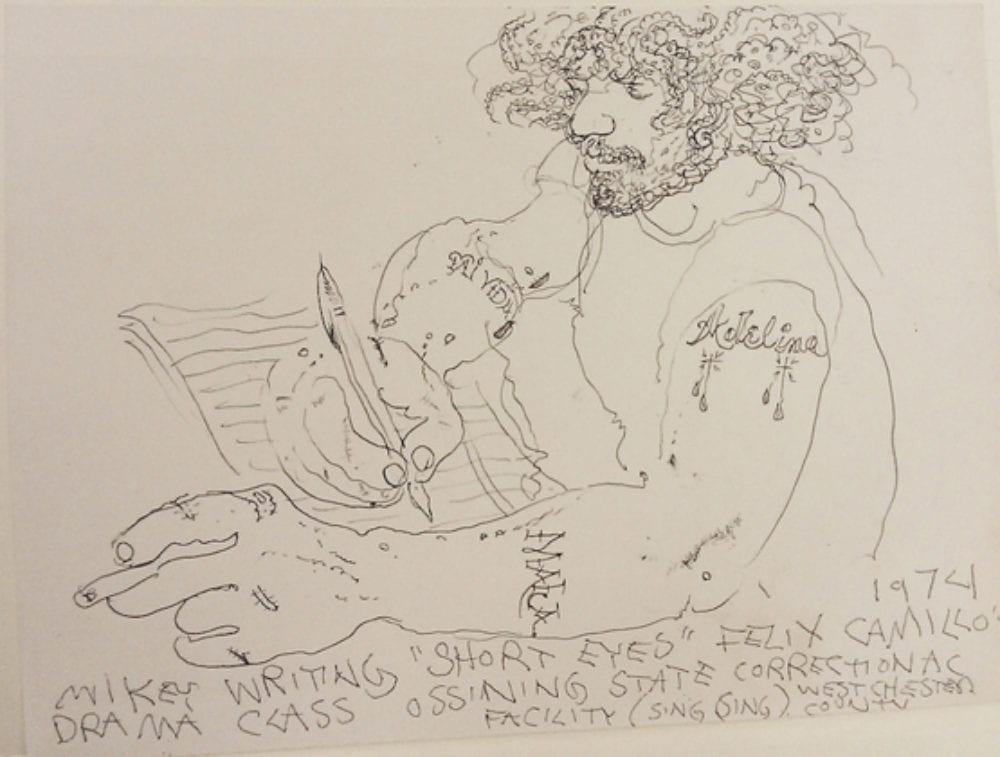
The Research & Teaching section features research guides, samples of course syllabi and assignments, a list of selected readings, a database of downtown venues that can be used for mapping projects, examples of projects happening around NYU that are adjacent to the Downtown Collection, and samples of student work. See below for some resources for getting started doing archival research or teaching about primary sources, gathered from across the NYU Libraries website and around the web:
RESEARCH TOOLS
- NYU Libraries guides:
- Guides to finding aids:
- Each archival collection has a finding aid, or a catalog of the materials in that collection. The finding aid is laid out in a way that reflects the organization of the collection as a whole. Finding aids have a specialized vocabulary and logic.
- For help using finding aids, visit How to Read a Finding Aid, by Purdue University Libraries.
- Explore an annotated finding aid by Purdue University Libraries.
- Each archival collection has a finding aid, or a catalog of the materials in that collection. The finding aid is laid out in a way that reflects the organization of the collection as a whole. Finding aids have a specialized vocabulary and logic.
GLOSSARY
- A closer look at some of the specialized terms used in NYU’s finding aids:
- Access point: Access points are subjects in the finding aid that are hyperlinked to the main library catalog. For example, a finding aid might describe the archival materials of a musician who collaborated with a filmmaker. Both of their names will be listed as hyperlinked access points. Clicking on one of the names will take you to a related page in the library catalog. This page will show you the library’s holdings by and about that artist, including books, CD’s, and DVD’s you can check out from the circulating collection.
- Container 1: In a finding aid, boxes, folders, and media types are containers, and containers are organized hierarchically. The primary (largest or outermost) containers fall into a category called Container 1. Because the largest containers in a collection are usually boxes, the finding aid will often include a list of boxes under the heading Container 1. It may seem counterintuitive to find, say, Boxes 10, 11, and 12 all listed under the heading Container 1. Simply recall that the “1” in Container 1 means “primary.”
- Container 2: Containers (boxes, folders, and the like) are organized as containers-within-containers. If a box is listed under the heading Container 1, then the folders in that box will be listed under the heading Container 2. If the box contains videocassettes or other analog media, these items will also be listed under Container 2. The “2” in Container 2 means “secondary.”
- Container List: When you click on Container List, you will see an outline of the collection’s series and subseries. (See below.) Click on the individual series or subseries to get to the listing of its physical materials.
- Folder-level description: The finding aid will show you the title and date of each folder. This is known as folder-level description. Usually, the finding aid doesn’t list the individual documents contained within each folder. (That would be item-level description.) For individual media items such as videocassettes, there may be a title and a general description, but not much information beyond that. To find out more about what a particular folder contains, put in a request to have the box delivered to the reading room so you can look at it in person. To find out more about what is on a particular audio or videotape, consult with the librarians.
- Series, Subseries: The finding aid organizes information about the collection into categories called series and subseries. For example, say the archive has a collection of twenty boxes pertaining to the work of a video artist. In the finding aid, the boxes are grouped into two categories, or series. Series I (Video) contains ten boxes. Series II (Correspondence) also contains ten boxes, but it is broken down further into Subseries I (Personal Correspondence)(five boxes) and Subseries II (Business Correspondence)(five boxes).
Image credit: [Mikey Writing “Short Eyes”], 1974. Martin Wong Papers. Fales Library.